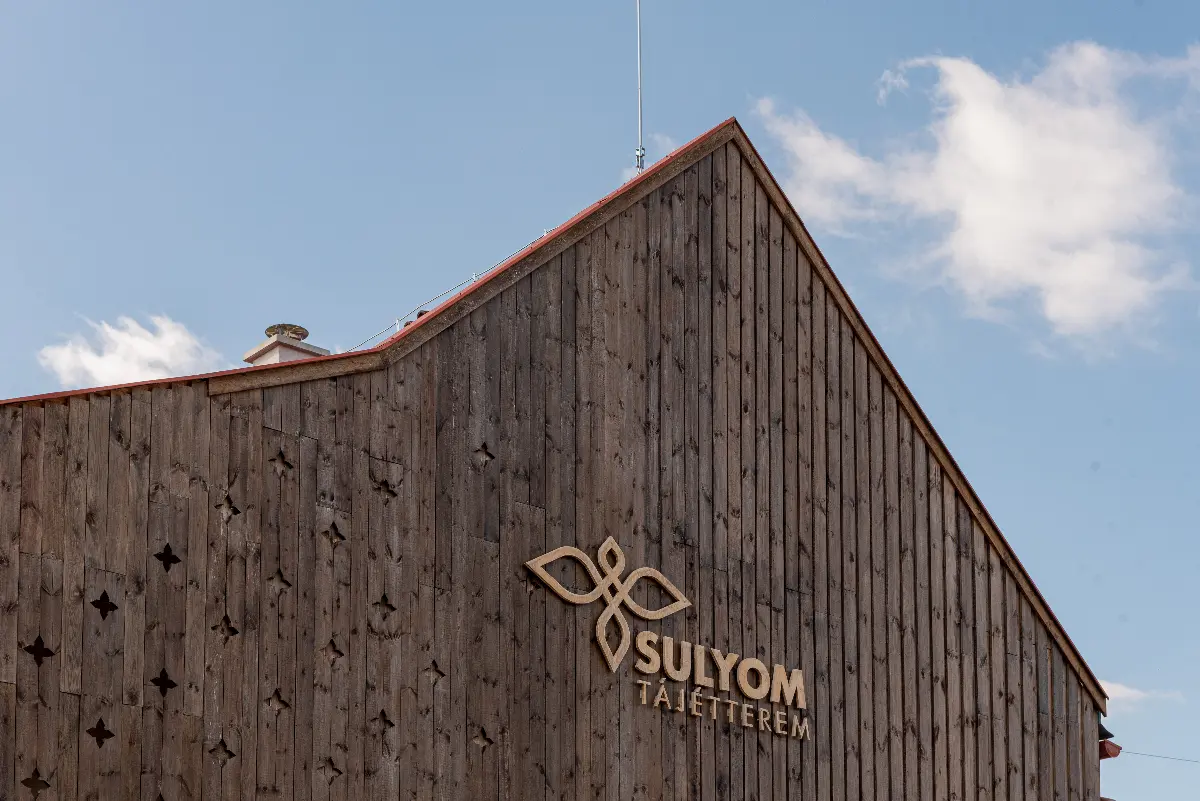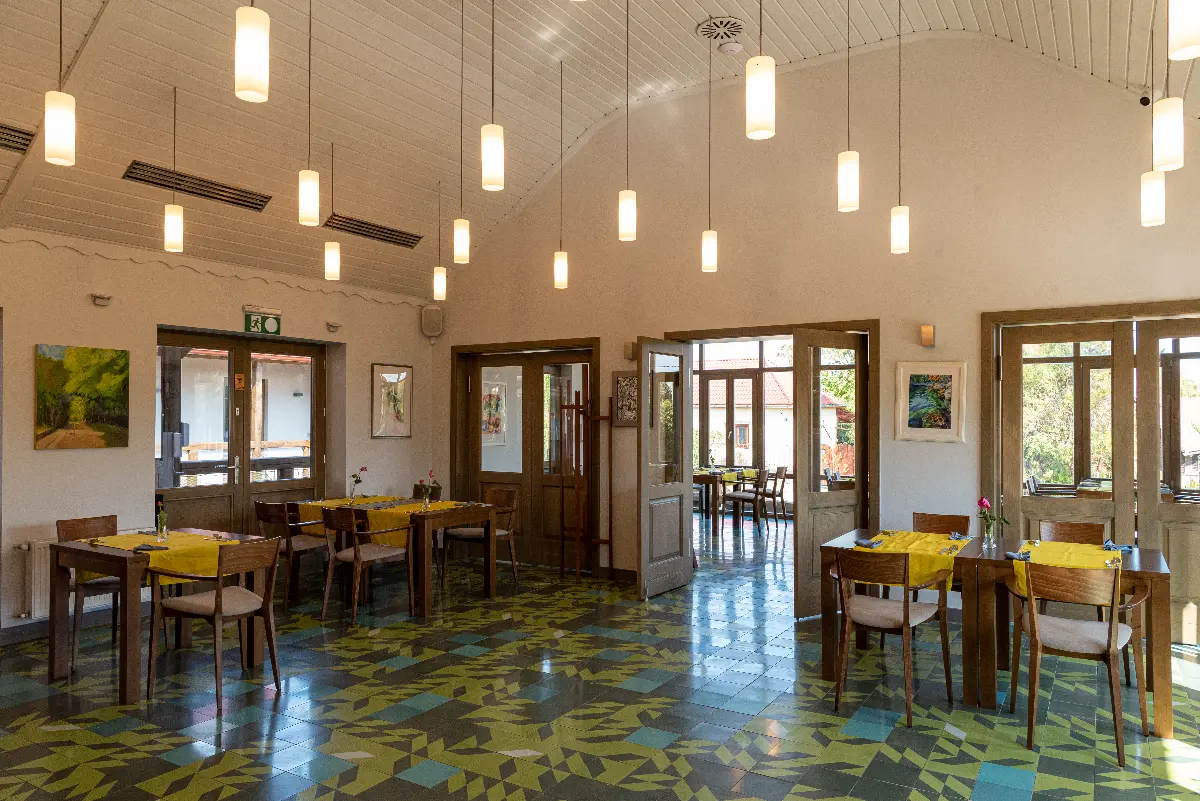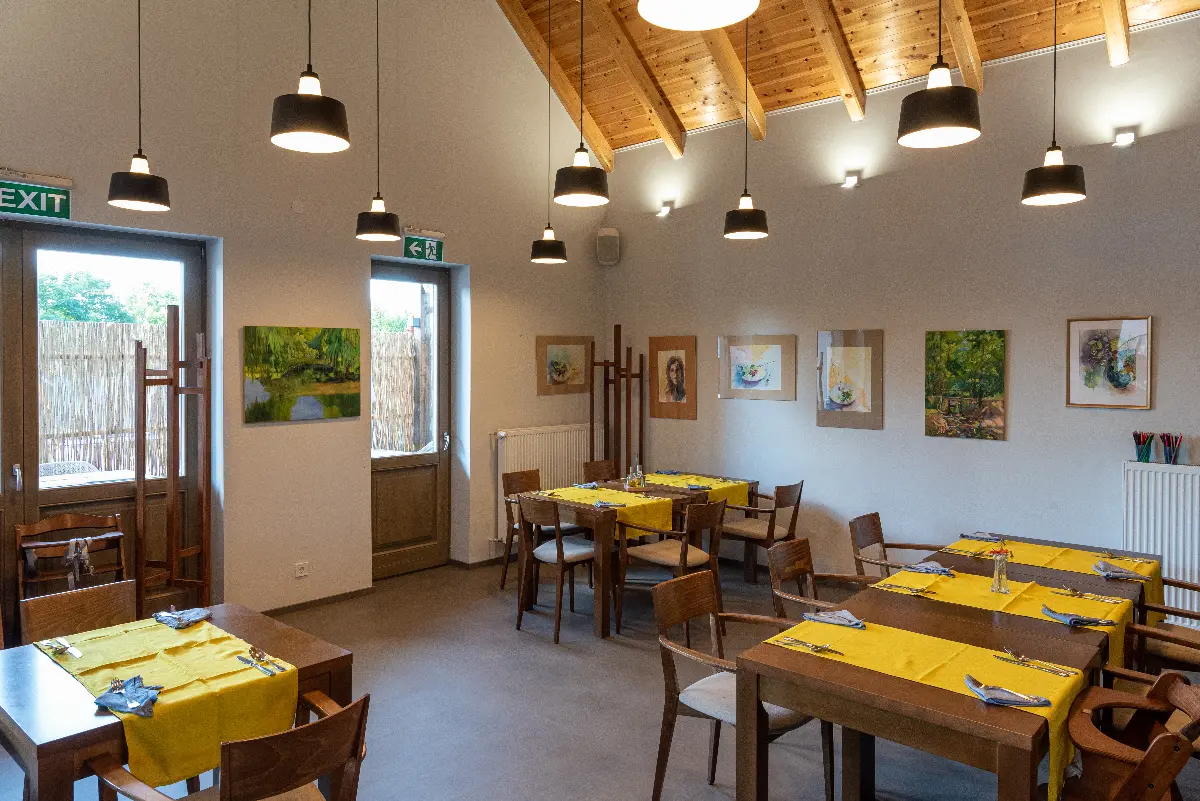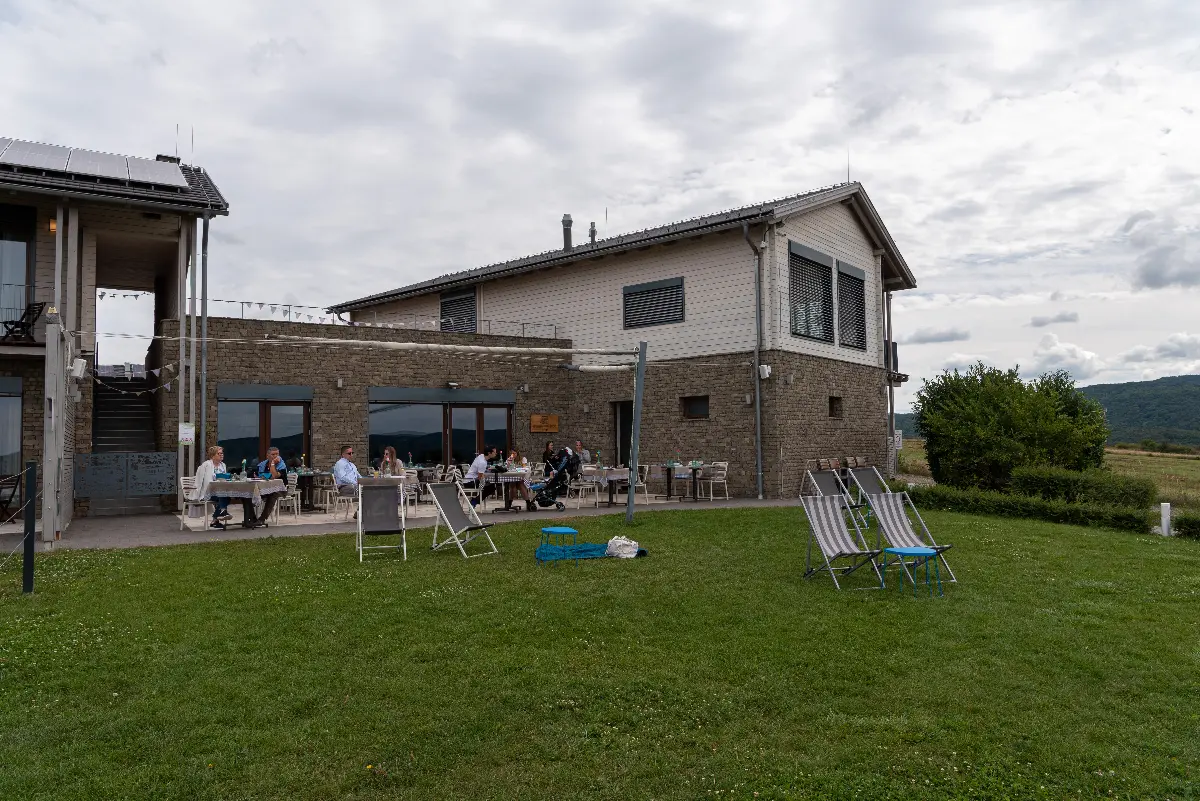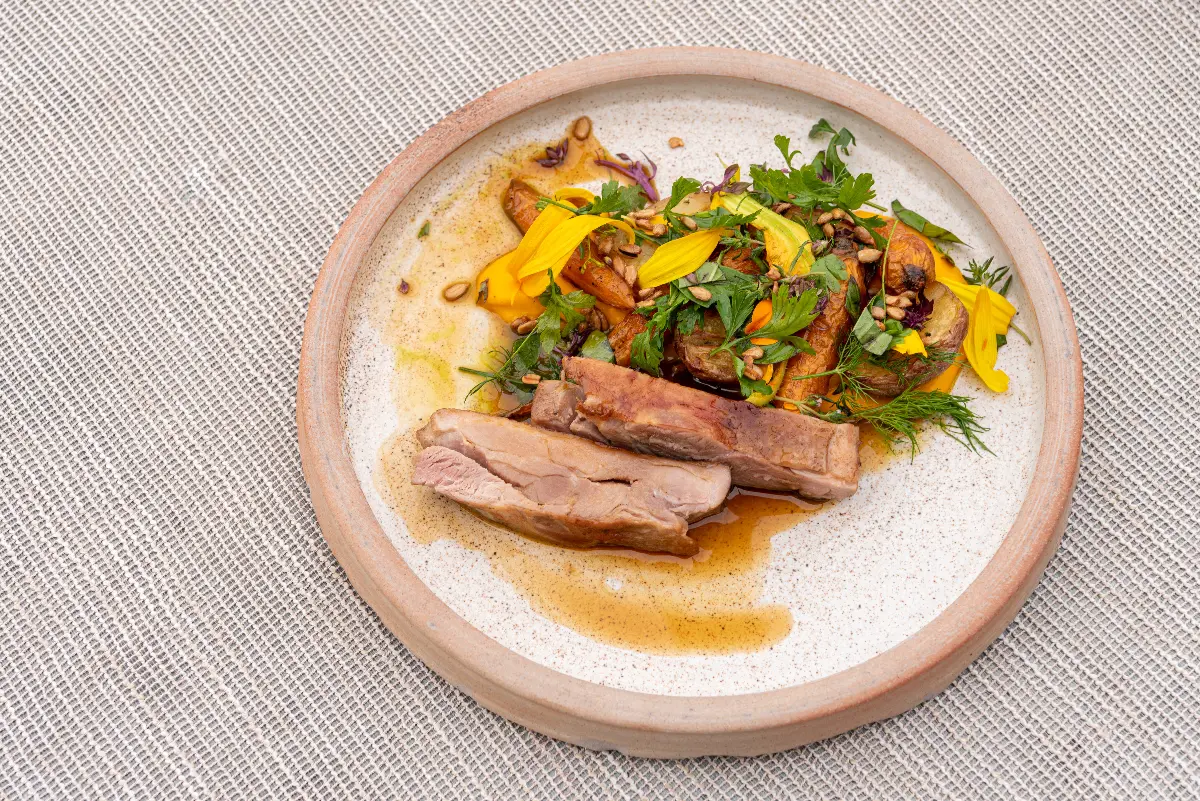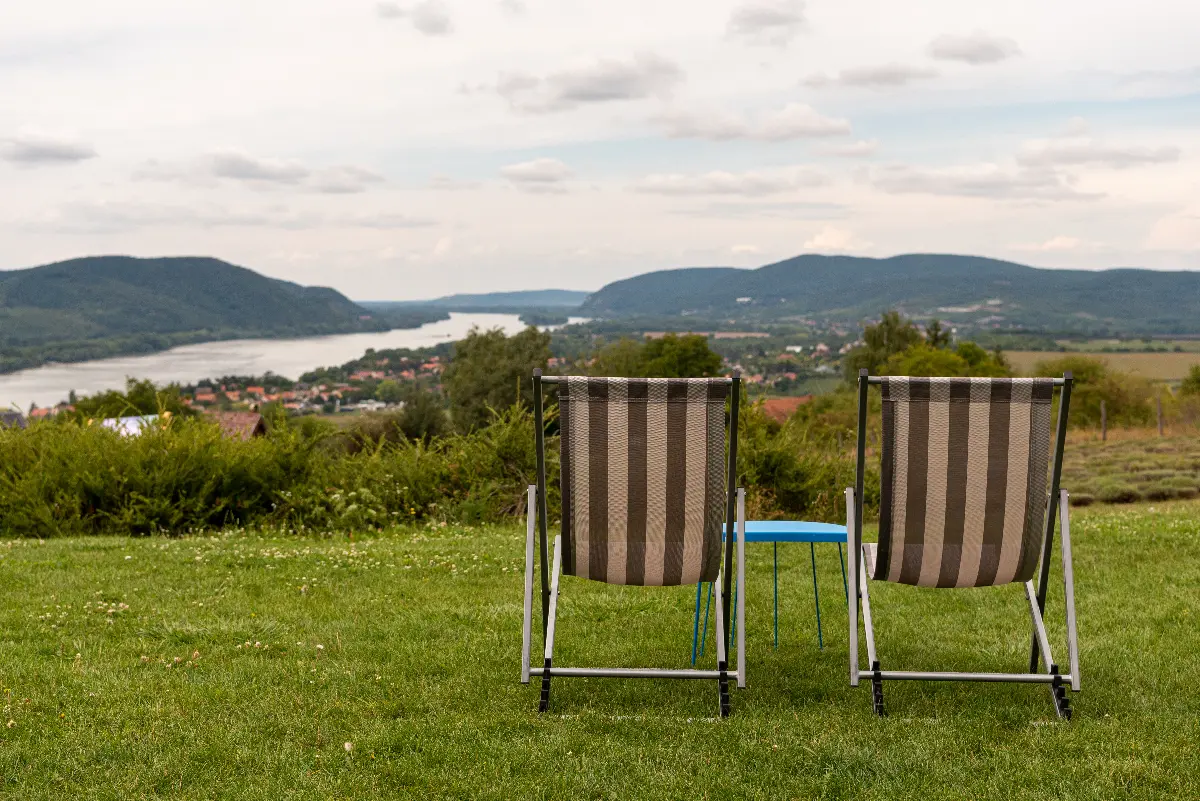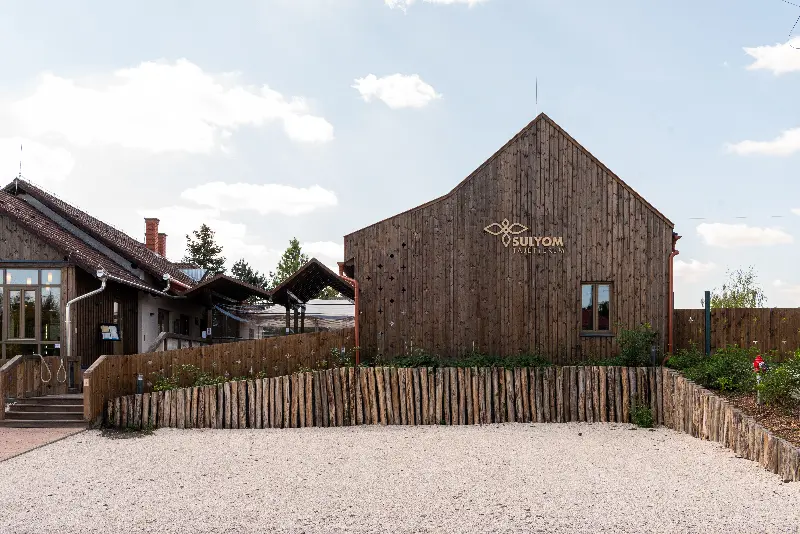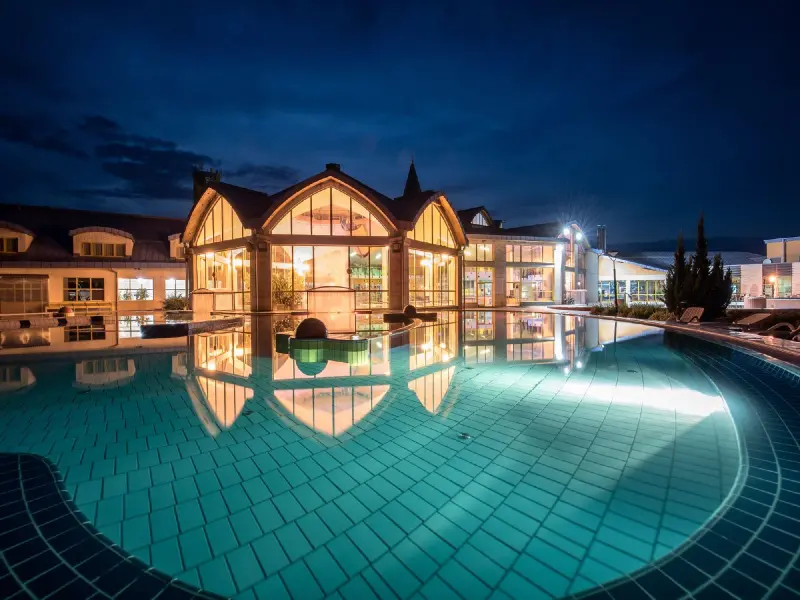
Helyszín címkék:
Slow down and enjoy food – Slow food movement in the countryside
Novitatis
The slow food movement started in Italy in the 1980s and was mainly about protesting against fast food and promoting the experience of preparing and tasting food. The people-centred philosophy is based on the ingredients and food of the region's gastronomic culture, which guests can experience in a relaxed, on-site setting. This way of thinking not only makes food more enjoyable for consumers, but also helps the development of the regions concerned and strengthens sustainability. It has now grown to a global movement and expanded to a whole lifestyle level.

In Zebegény
In Hungary, the slow food movement first emerged in Budapest, but now restaurants with a slow food philosophy are appearing in the countryside. One of them is Natura Hill in Zebegény, which offers two acres of magnificent panoramic views for gastronomy lovers and those who want to relax. Enjoying the sunset over the Danube Bend, it's easy to give in to the slowdown, there's nothing to hurry us. Natura Hill Bistro does not have a menu, but in the spirit of the slow food movement, chef Mihály Szilvás prepares the daily menu based on reservations, using fresh seasonal ingredients, which are served to guests in two-time slots, at noon and in the evening. Lunch is a three-course bistro menu, while dinner is a 4-course degustation menu. Before booking, the restaurant reminds you cannot (and should not) “jump in for lunch": you must allow at least an hour and a half to eat and enjoy the bistro menu. It's easy to become a regular at Natura Hill Bistro, where the same menu is never the same: seasonal ingredients and mostly locally sourced produce ensure this variety. The ingredients come partly from the estate's organic kitchen garden and partly from local farmers and producers.

In Sarud
The “Sulyom Tájétterem” (Water Chestnut Landscape Restaurant in Sarud) on the shores of Lake Tisza follows a similar philosophy with a slightly different approach. Chef Ádám Berecz has set himself no less a goal than to create the new "Food Style" of Lake Tisza. Sulyom is a sophisticated rural bistro that aims to represent the flavours of the region as a gastronomic and cultural showcase: dishes prepared using the latest kitchen technology and quality ingredients, mostly local. Even with the choice of the name, they wanted to signal a new approach: the water chestnut is a protected aquatic plant that covers over 50% of the surface of Lake Tisza, and its fruits are suitable for human consumption, but consumption is now a rarity. The restaurant aims to bring back this forgotten ingredient and rediscover it for Hungarian gastronomy, right next to its source, on the shores of Lake Tisza. They try not "only" to cook, but also to set a good example: in the demonstration garden next to the restaurant, guests can see, touch and smell some vegetables/fruit used in the dishes, and some of their farmer’s products are also presented in the restaurant, where they can be bought and thus bring home the flavours of Sarud. In the drive of everyday life, is difficult to set the parking brake, stop and appreciate those around us and the food on the table. The slow food movement gives us the opportunity and encourages us to slow down, enjoy our food in a relaxed and carefree way, taking care of ourselves and our environment because there are some meals that are worth taking the time to enjoy.

